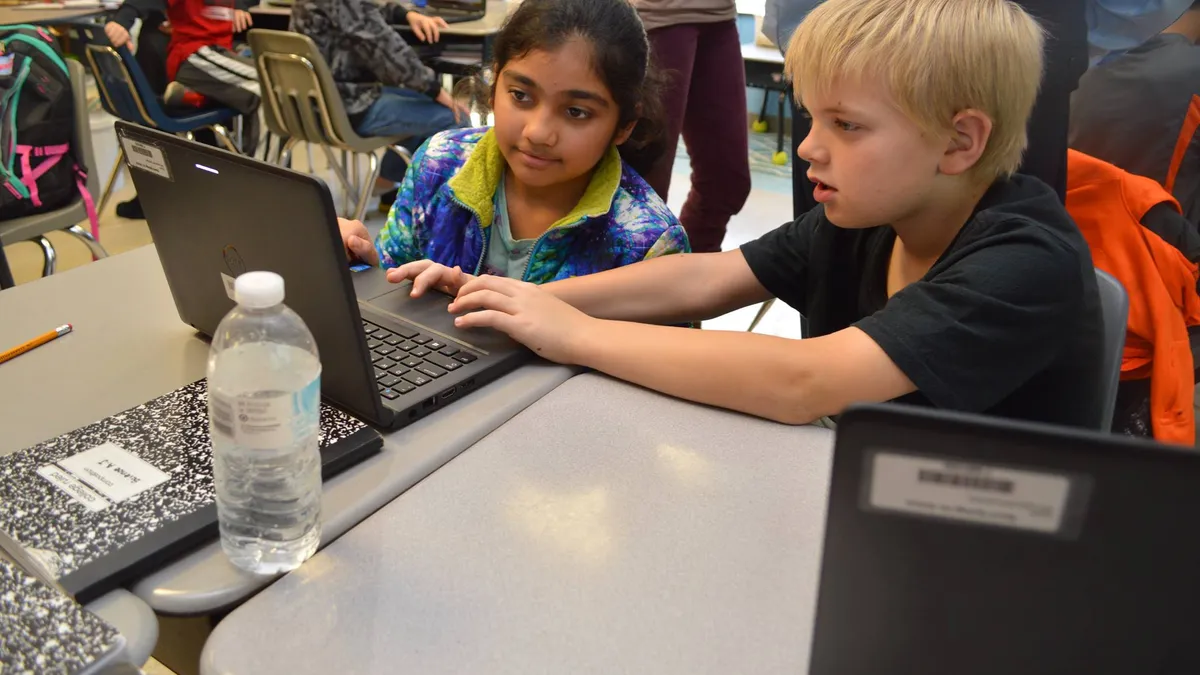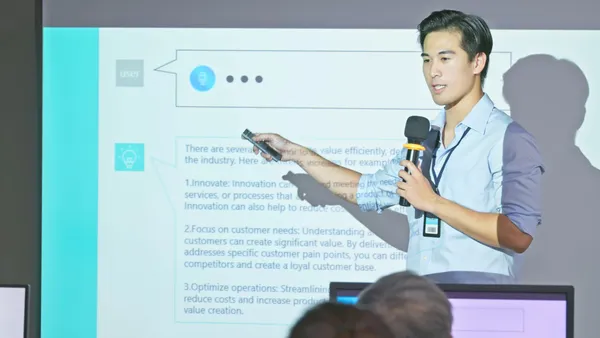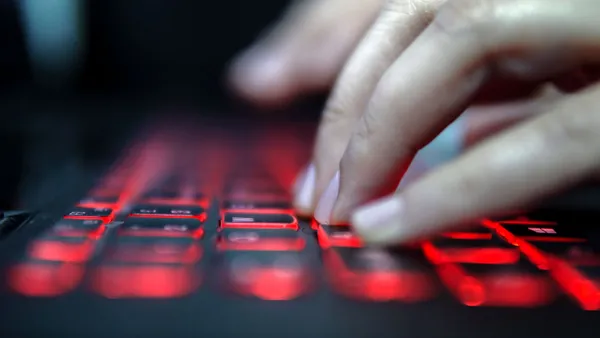Dive Brief:
- A Government Accountability Office report released this week suggests the Federal Communications Commission (FCC) will explore the cost of making the E-Rate program available to the homes of families with students who do not have wireless internet, according to EdScoop.
- In response to the GAO's recommendation, the FCC’s Office of Economics and Analytics is collecting data and also looking at a 2011 pilot program that expanded the E-Rate program into homes.
- The GAO made the suggestion as a way to help bridge the "homework gap," which puts students without at-home internet access at a disadvantage in increasingly digital classrooms.
Dive Insight:
A Pew Research Center study found one in five students can’t complete their online homework because they don’t have access to the internet, and that 77% of teachers assign online homework. Programs that help provide wireless internet for more families is a step toward greater equity, but districts can also take additional steps to bridge this gap.
The Consortium for School Networking's (CoSN) toolkit outlines how schools can support families and online learning at home, including launching programs that bring mobile hotspots closer to areas where families lack internet by installing WiFi on school buses. Schools can also work with community organizations to create homework hotspots.
A study conducted by the Miami-Dade School District following the implementation of a $3.5-million grant initiative that provided laptops and internet connection for use at school and home shows 90% of parents found internet access made it easier to stay informed about their child’s academic progress.
If more families have access to the internet, schools may be willing to issue 1:1 devices. A Speak Up! report found high-schoolers who were issued a laptop or Chromebook took more notes than their peers who didn’t have one. They also checked their grades more often and received reminders about tests or homework due dates. Additionally, 60% emailed their teachers questions.






 Dive Awards
Dive Awards








